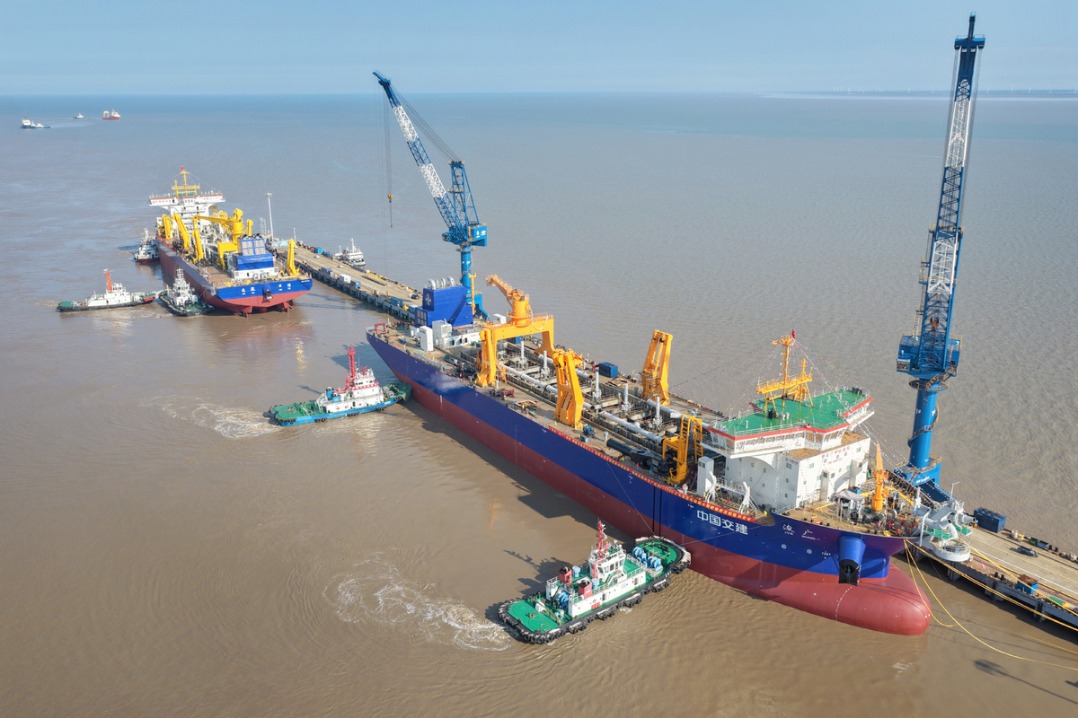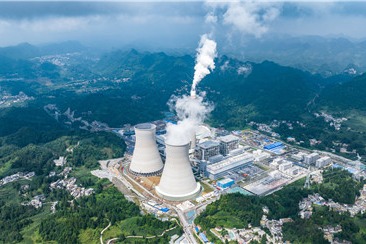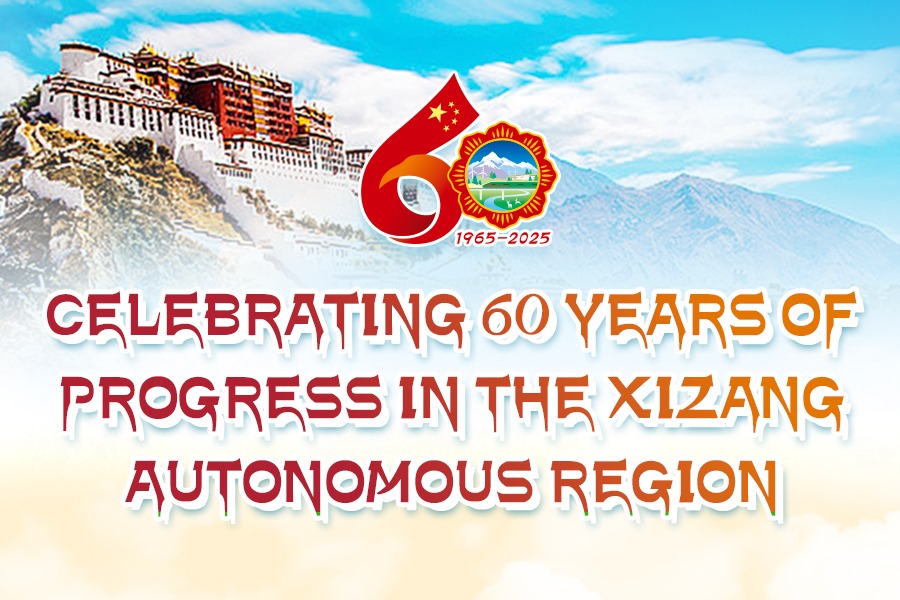New archaeological discoveries shed more light on Xizang's history

BEIJING -- Thanks to solid archaeological work over recent years, a series of breakthroughs have been achieved in the study of southwest China's Xizang Autonomous Region's history in Paleolithic, Neolithic and Metal Ages, according to a press conference on Monday.
Shargan Wangdue, deputy head of the Xizang regional institute of cultural relics protection, said that through the excavation of new relics sites, Xizang's known Paleolithic Age history has been expanded from under 10,000 years to its current range of 10,000 to 100,000 years.
As concrete evidence, these new discoveries have dispelled the previous misconception that such ancient human relics are unlikely to exist in the region, which is known for its tough natural environment, with low oxygen levels and temperatures due to its high elevation, Shargan Wangdue said.
These new findings also prove that the region had close connections with surrounding areas in the prehistoric era, rather than being isolated, he added.
Last week, China announced its top 10 discoveries of 2024 -- a list that includes the Mapu Tsho relics site, which is a Neolithic site in Xizang dating back over 4,000 years.
Highlighting the archaeological value of the site, Shargan Wangdue said that it offers compelling evidence of the interaction, exchange and integration between various ethnic groups in China over the course of history, as well as evidence of the formation of a diverse yet unified Chinese civilization.
- China's anti-fascist war to be retold through words of Western correspondents
- Fuxing Island to host 2025 Shanghai Urban Space Art Season
- Flight ban call after drones collide above iconic Shanghai skyscraper
- Officer shines as a leader who treats his soldiers like an elder brother
- Businesswoman accused of corruption extradited back to China
- One day in Taicang: Play apprentice, be a local





































